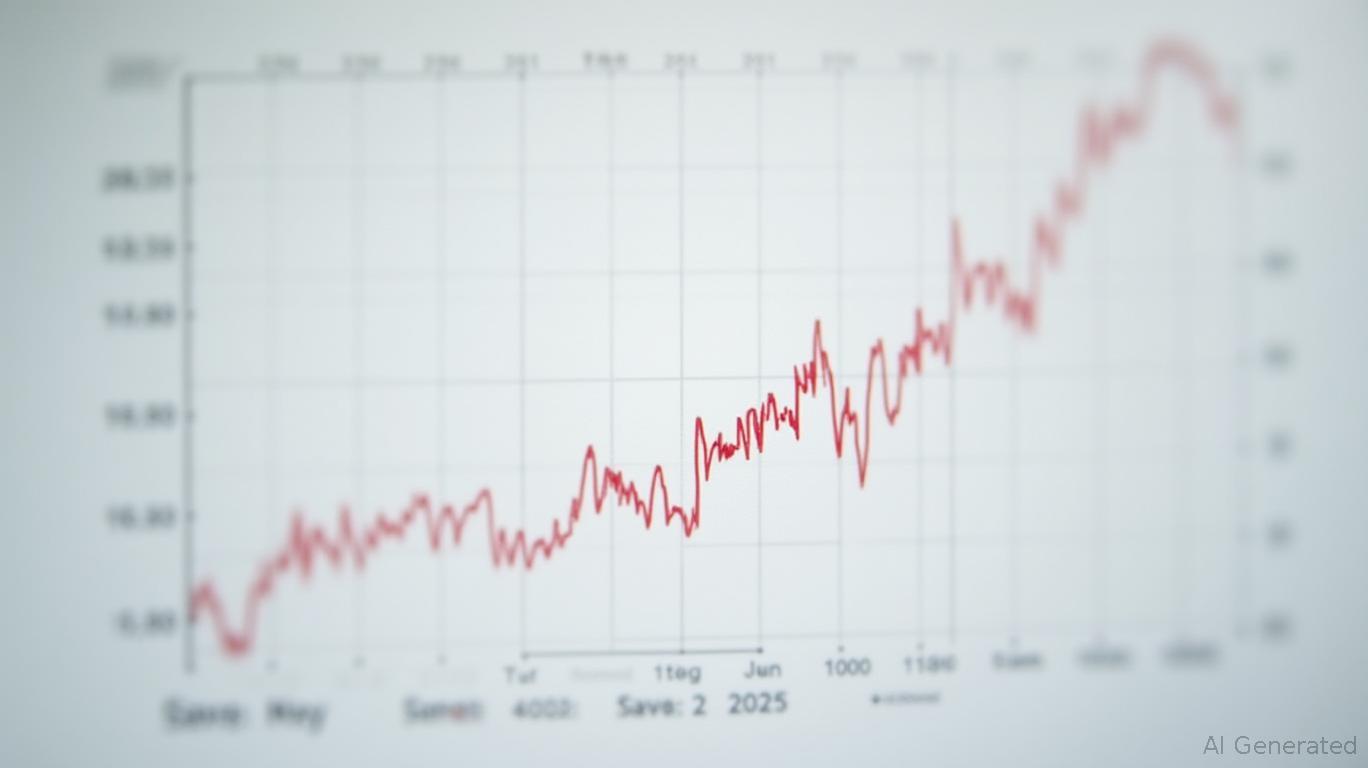Australia's Consumer Sentiment: A Fragile Rebound—Implications for Equities and Bonds
The Westpac-Melbourne Institute Consumer Sentiment Index (WMCSI) inched upward to 92.1 in May 2025, marking a 2.2% improvement from April's 90.1. While this uptick reflects a “Goldilocks scenario” of controlled spending and subdued inflation, the index remains below the neutral 100 threshold, signaling lingering caution. The recovery hinges on competing forces: declining interest rate fears and stabilizing labor markets versus global trade uncertainties and domestic political risks. For investors, this mixed landscape demands a nuanced strategy—prioritizing sectors poised to benefit from a gradual rebound while hedging against volatility.
The Drivers of the Uptick: Rate Cuts and Fiscal Support
The May rebound is rooted in shifting expectations around monetary policy. After years of rate hikes, consumers now anticipate a potential RBA easing cycle, fueled by moderating inflation and weaker economic momentum. This pivot, combined with the delayed impact of 2024's Stage 3 tax cuts, has bolstered household cash flow—though much of the windfall has been saved rather than spent.
The labor market remains a stabilizing force. Unemployment expectations linger near their long-term average, easing fears of job losses. This stability offsets pressures on family finances, which continue to decline due to inflation and stagnant wages. Meanwhile, housing market sentiment remains paradoxically weak: buyers are hesitant, yet price expectations remain elevated.

Risks on the Horizon: Trade Wars and Political Uncertainty
The recovery's fragility is underscored by external and domestic risks. Global trade tensions, particularly under the Trump administration's tariff threats, could disrupt export-sensitive sectors like manufacturing and agriculture. Domestically, the upcoming federal election has already introduced political uncertainty, historically a drag on consumer and business spending.
Adding to these concerns is the disconnect between housing sentiment and price expectations. Weak buyer sentiment could crimp construction activity and property-related equities, while inflated price expectations may prove unsustainable if global demand weakens.
Implications for Equities: Target Consumer Discretionary with Caution
The May rebound suggests opportunities in consumer discretionary stocks, particularly those insulated from trade risks. Retailers with strong balance sheets, such as Wesfarmers (WES) and Woolworths (WOW), could benefit from moderate spending gains. However, investors should avoid sectors exposed to external trade disputes, such as automotive or machinery.
For a tactical edge, consider real estate investment trusts (REITs), which may benefit from lower rates. However, steer clear of developers reliant on residential construction, as buyer sentiment remains tepid.
Bonds: Positioning for RBA Rate Cuts—But Mind Duration Risks
Fixed income investors should capitalize on RBA rate cut expectations. Short- to medium-duration bond funds (e.g., Australian Government Bonds) offer capital appreciation potential while limiting exposure to duration risk. However, avoid long-dated bonds, as any delay in the RBA's easing cycle could trigger losses.
The Bottom Line: Selectivity and Hedging Are Key
The May 2025 sentiment uptick is a welcome sign, but the rebound's sustainability hinges on resolving trade tensions and political clarity. For equities, focus on consumer staples and services with defensive profiles, while avoiding trade-exposed sectors. In bonds, lean into rate-sensitive instruments but stay duration-conscious.
Investors should also consider hedges against volatility, such as options on the ASX 200 or inverse ETFs, to mitigate risks from election-driven uncertainty or a sudden inflation scare. The path forward is narrow: a balanced portfolio, selective exposure, and vigilance toward macro risks will be critical to capitalizing on this fragile recovery.
Disclaimer: This analysis is for informational purposes only. Always conduct thorough research or consult a financial advisor before making investment decisions.

Comments
No comments yet